Pro Modeler 1/48 P-39Q Airacobra
The origins of the Airacobra can be traced back in 1937, when USAAC issued a specification calling for a single-engine high-altitude interceptor. The aggressive specifications called, among others, for a liquid-cooled Allison engine equipped with a General Electric turbo-supercharger and a tricycle landing gear.
Bell came out with an innovative design, with the engine mounted in the middle of the fuselage, the propeller itself being driven by a shaft passing beneath the pilot's feet under the cockpit floor. Access to the cockpit was through side doors, mounted on both sides of the cockpit, with the starboard used for normal entering and exiting and the port one used only for emergency exit, both of them being jettisonable.
Though the main reason for going with a mid-mounted engine can be attributed to providing space for the big 37 mm cannon that would fire through the center of the propeller hub, the design nevertheless benefited from this arrangement, exhibiting a streamlined nose profile.
The XP-39 made its maiden flight on 6 April 1938 at Wright Field, Ohio. While it managed to reach 20,000 ft in only five minutes, its top speed at this altitude was notably lower than the 400 mph of the original proposal.
From then on, a combined effort, including Bell, NACA and the Army itself took place, in order to achieve the top speed goal. Quickly the main focal point became the much protruding turbo-supercharger on the fuselage side. With the very tightly planned XP-39 offering no internal space left over to efficiently bury it, the Airacobra's "maximum speed goal" case proved to be a challenge.
With the whole "performance improvement" story having become a complex one, the production P-39 ended up fitted with a single-stage, single-speed supercharger.
When flown at lower altitudes within the engine's efficient area, the plane exhibited a number of favorable flying characteristics, along with a few “idiosyncrasies''.
The centrally mounted engine, being close to the aircraft's center of gravity, allowed for a more nimble turning attitude (it is reported that at low altitudes the Airacobra could outturn the Bf-109F). However, with the nose-located ammo boxes becoming empty during combat, the plane's center of gravity itself moved further backwards, affecting balance.
The 72nd Fighter squadron made good use of the P-39. Established as a defensive interceptor squadron for Hawaii in late 1941, after suffering tremendous casualties and aircraft losses at Wheeler Field during the Pearl Harbor Attack, it was re-equipped and used as Seventh Air Force training unit, also flying reconnaissance patrols over Hawaii. In late 1943 it was deployed to the Central Pacific as part of Seventh Air Force island hopping campaign against the Japanese, flying combat missions from Makin Island, using Airacobras.
In April 1944, the squadron returned to Hawaii, where it was re-equipped and trained with long-range P-51 Mustangs, to be re-deployed to Western Pacific. Stationed on Iwo Jima while battle for the island was still ongoing, it was engaged in long-range B-29 Superfortress escort missions over Japan. Continuing that mission until the end of hostilities in August 1945, it was reassigned to Mariana Islands, as a Far East Air Force Fighter Squadron until 1946, where it was deactivated.
The Airacobra was a solid asset, being present when desperately needed and thus offering valuable breathing space to the USAAF till newer designs became available. Among the Great Pilots who talked positively about the Airacobra, the much missed Chuck Yeager himself (having clocked around 500 flight hours at the type) had stated that many of the rumors were from pilots who had never flown the airplane. That sums everything up.
This is the Pro Modeler version of the venerable 1969 Monogram mold, which is still good, though superseded by newer offerings. The kit was build through our friend's @lis Pacific Theater GB.
https://modelingmadness.com/review/allies/us/usaaf/fighters/pen39.htm
Happy Modelling!
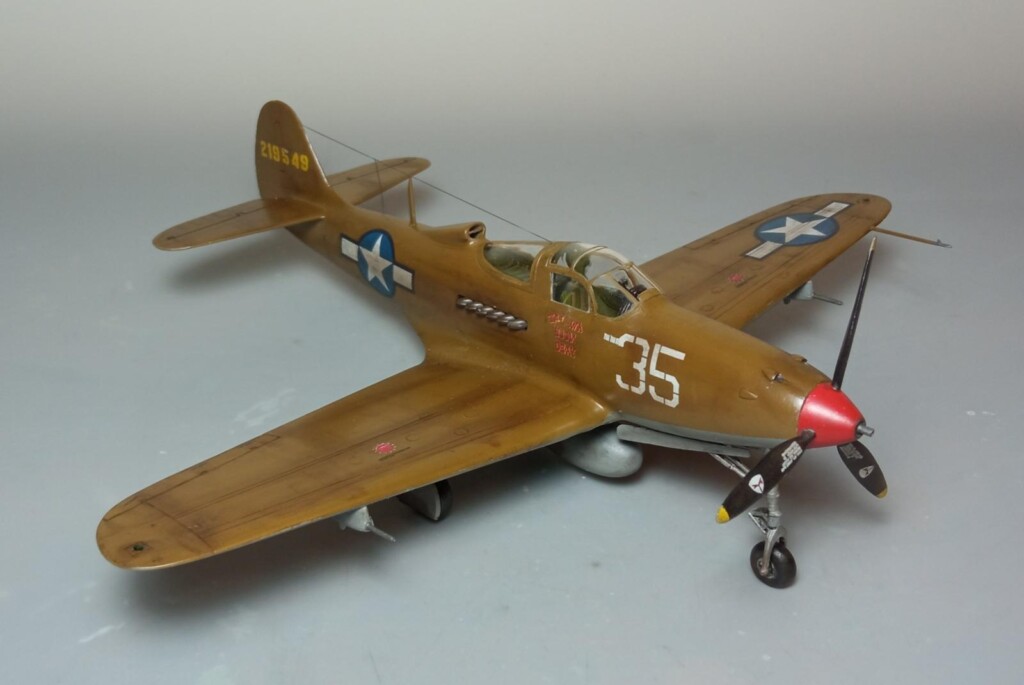
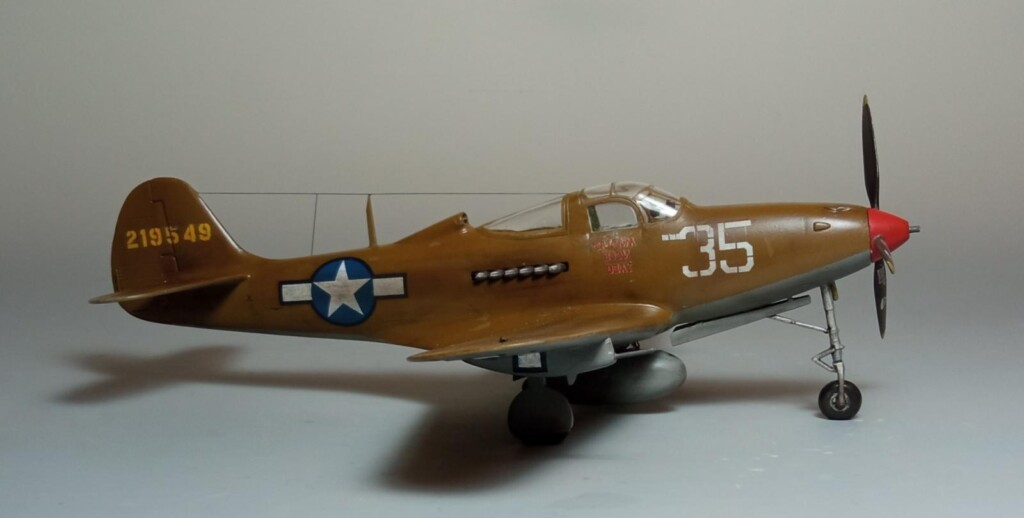
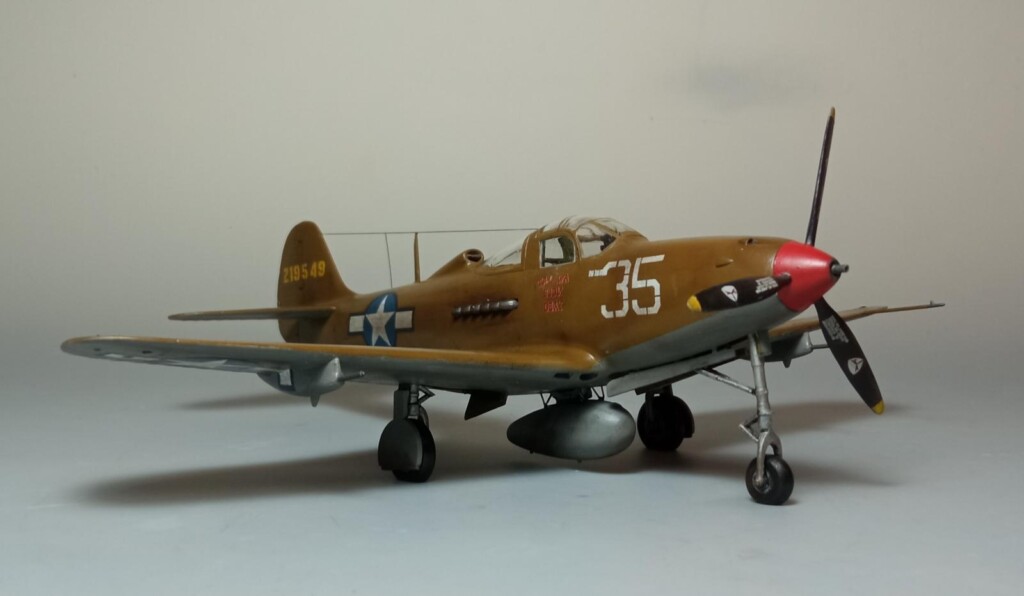
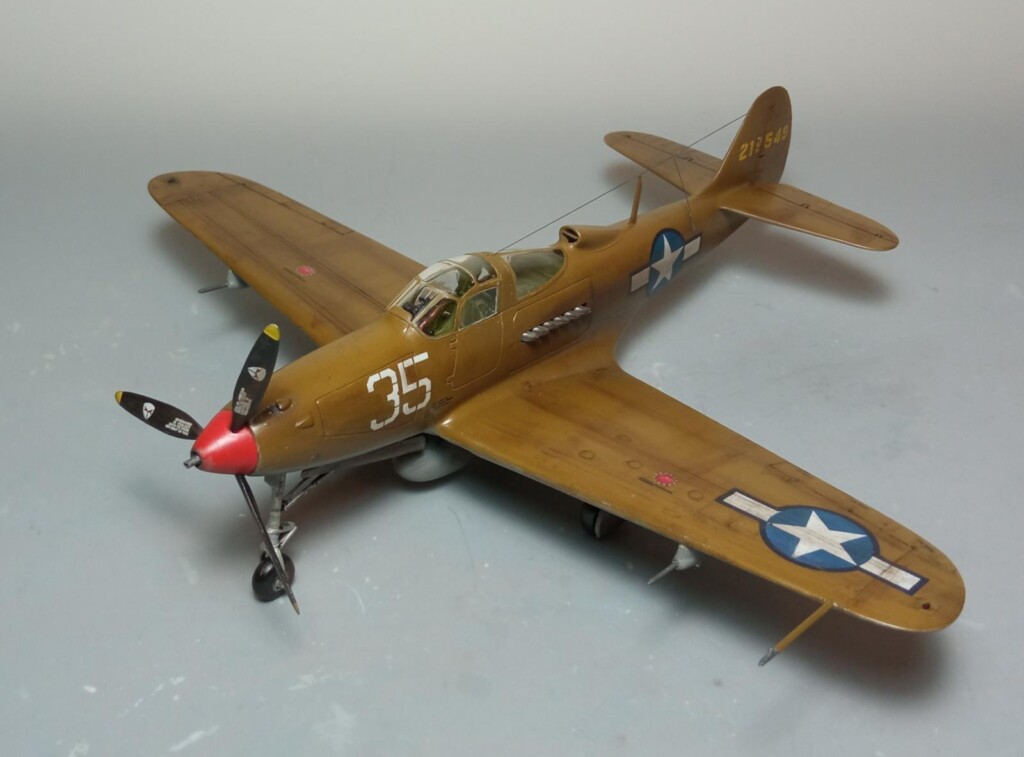

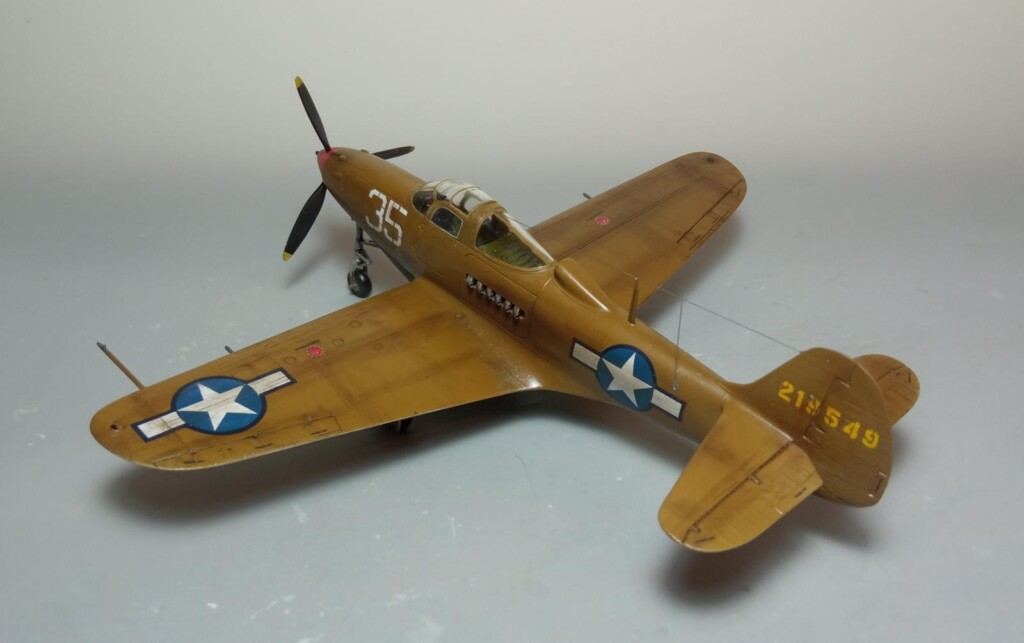
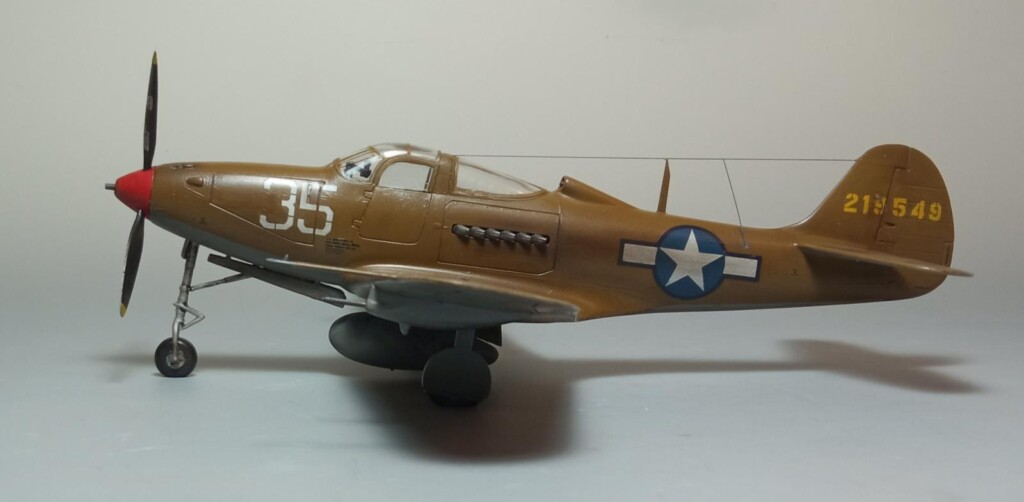


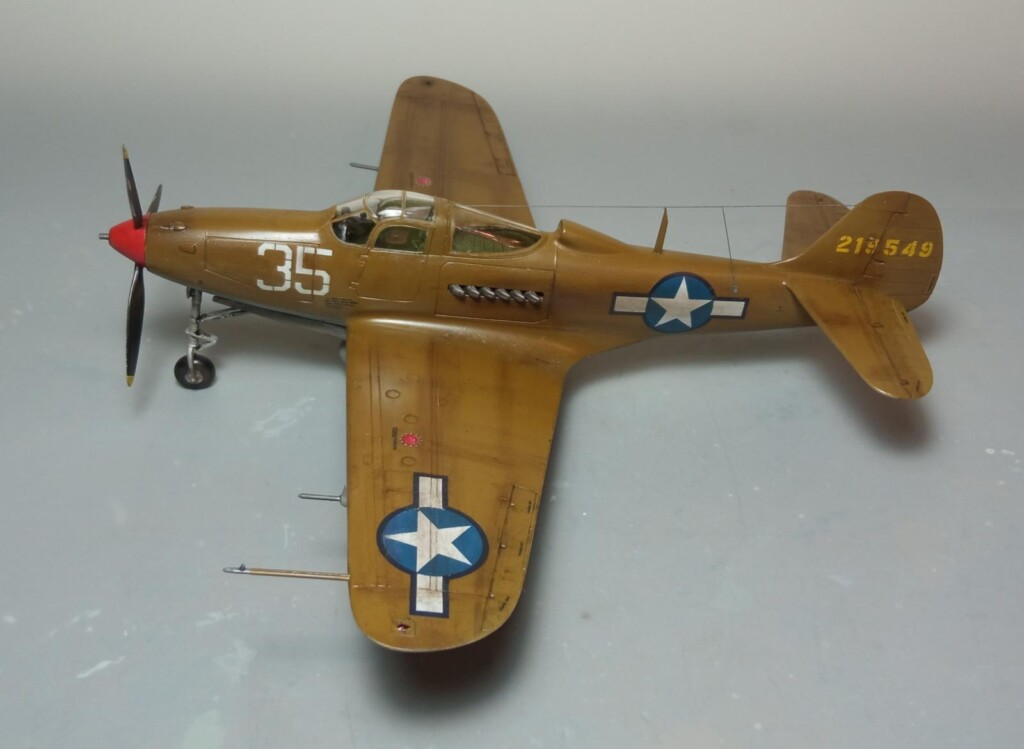
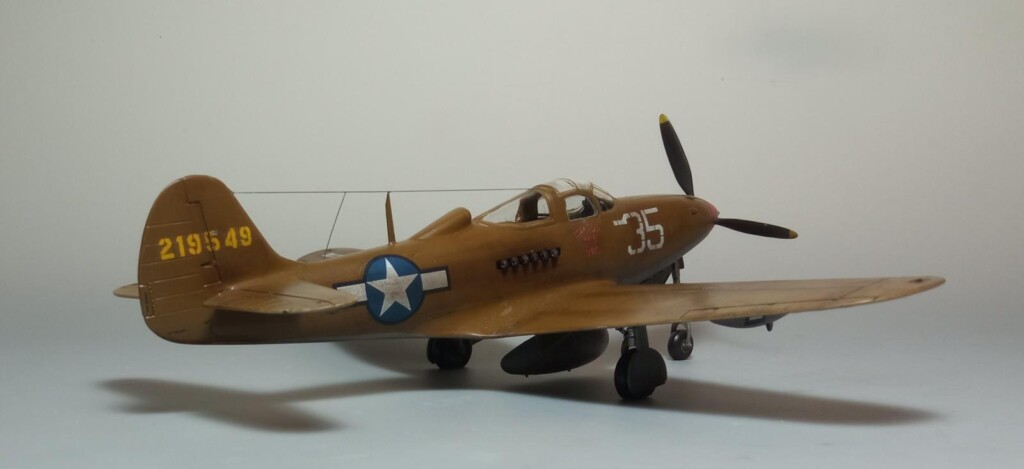
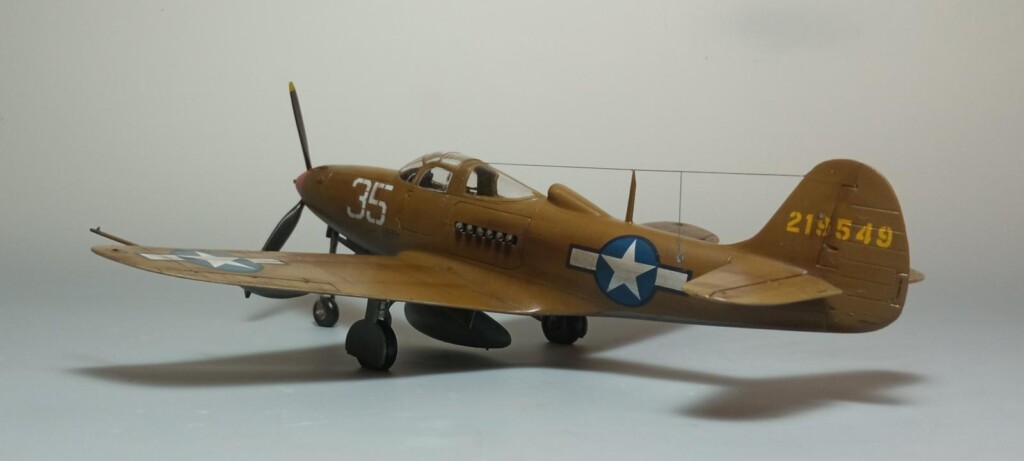
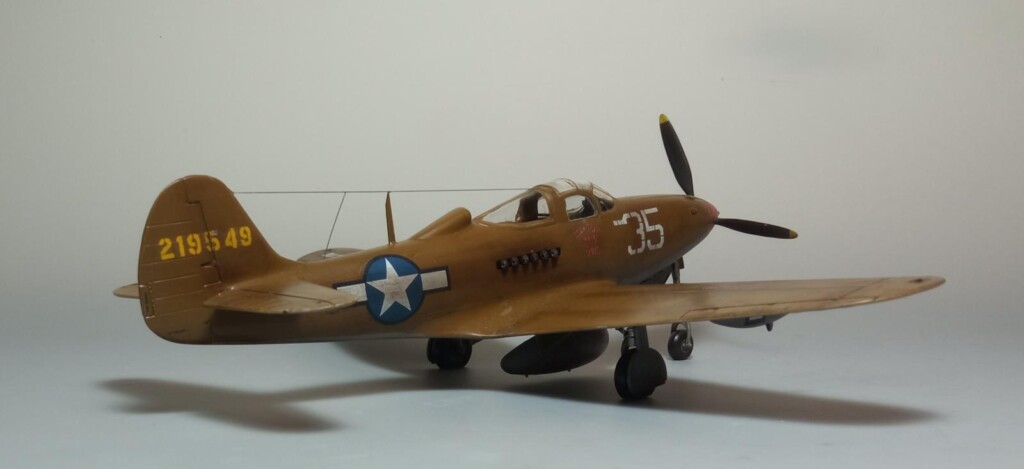
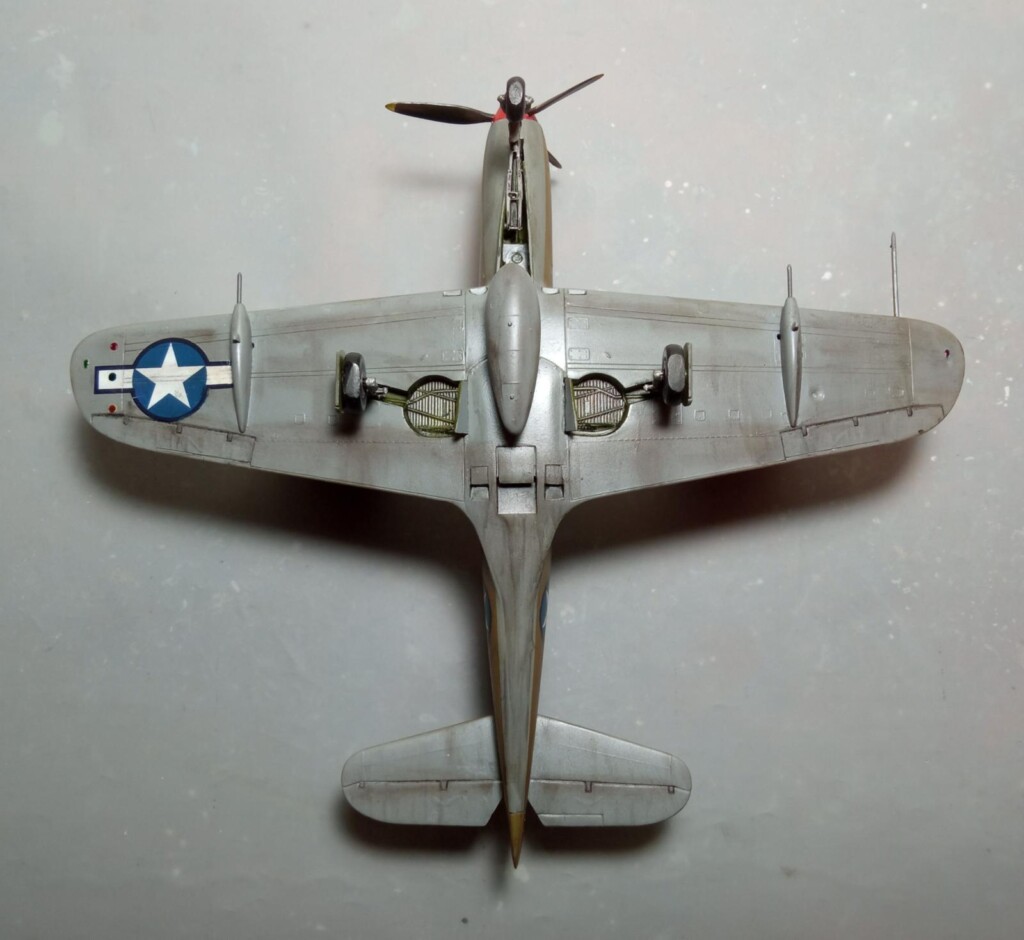
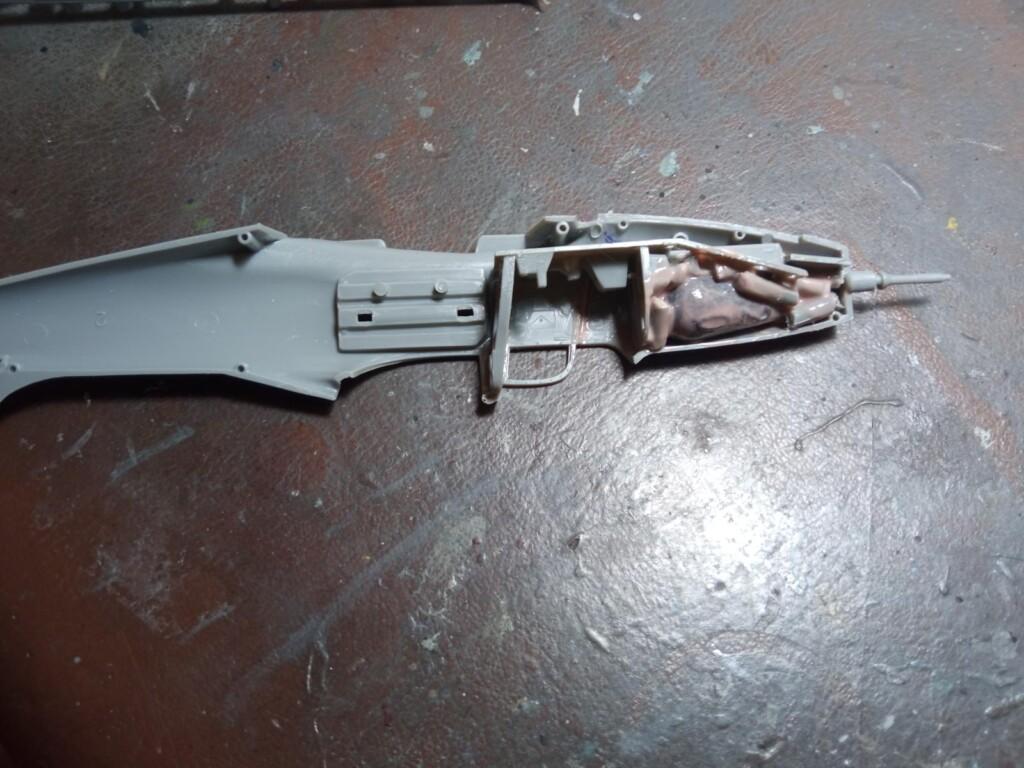
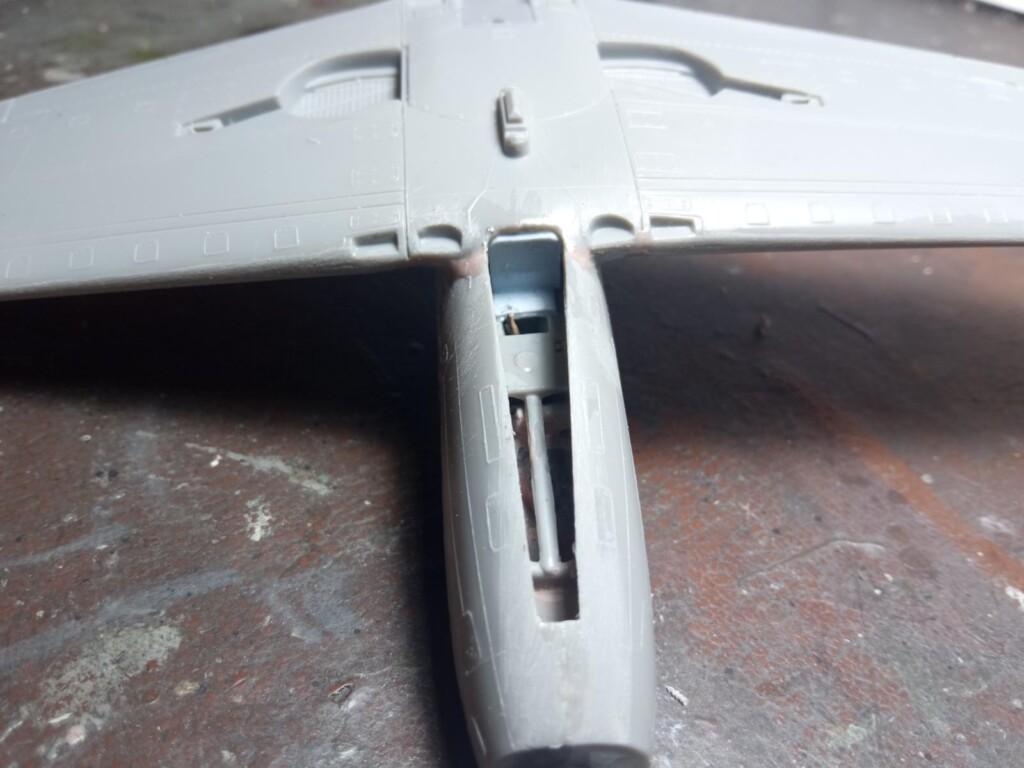
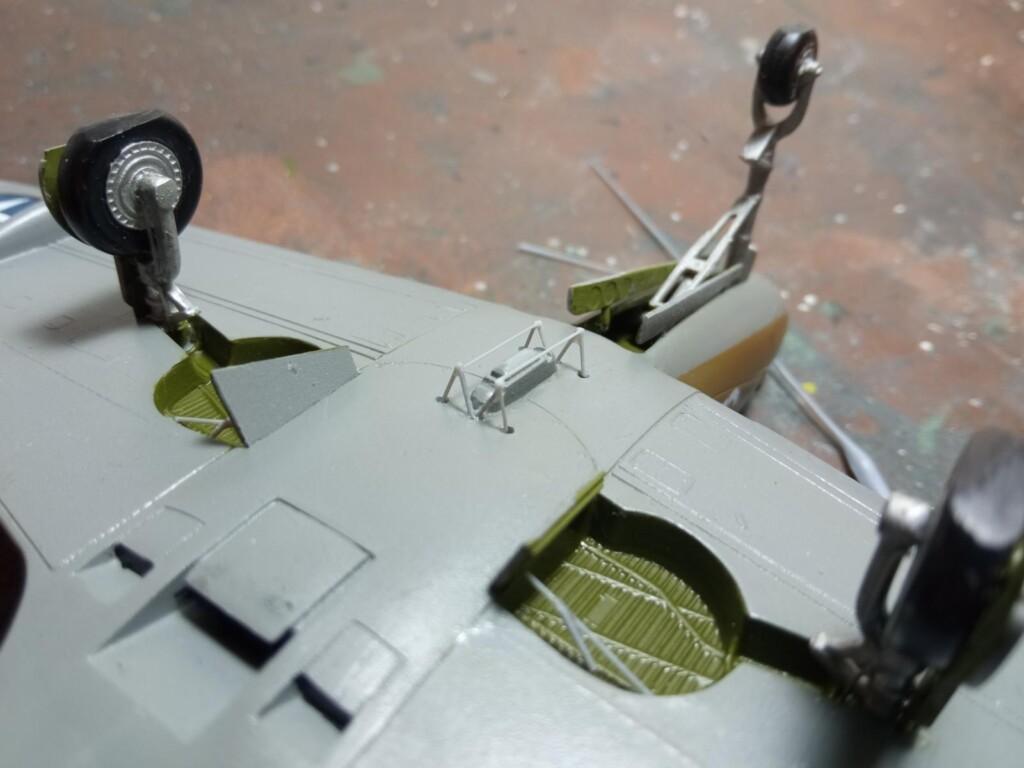
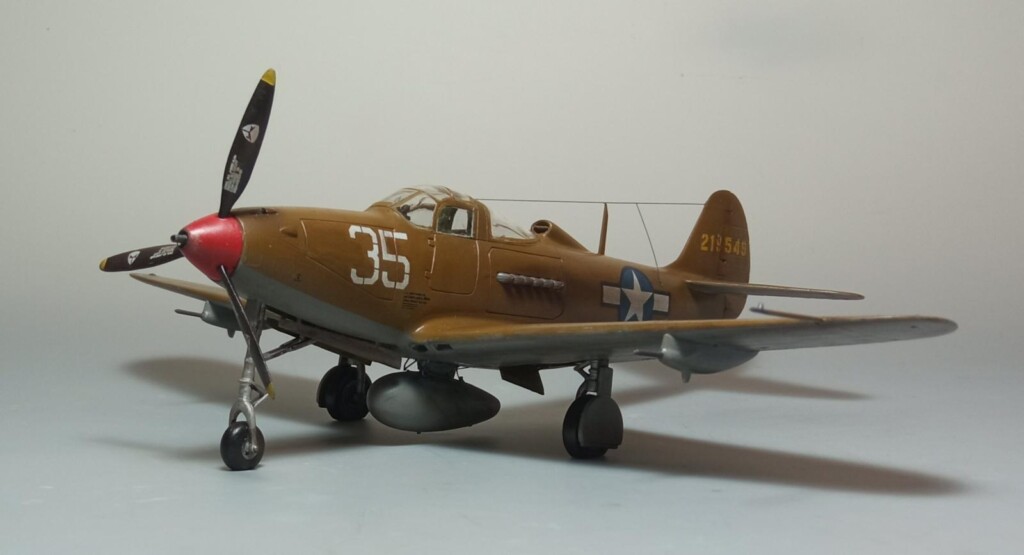
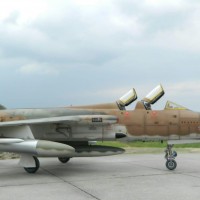
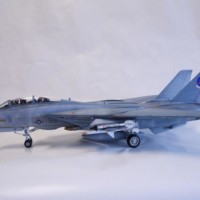
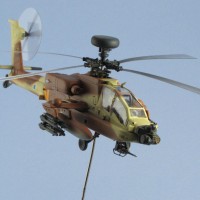
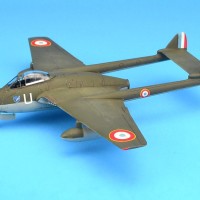
Great job as usual on this Airacobra, Spiros. That was one of the first kits I built when I resumed modeling back in the 90's. It's a decent kit considering its elderly age. I have since trashed it and replaced it with Hasegawa's offering. Your MM article is spot on as well,@fiveten.
Thanks so much, my friend @eb801!
Spiros Pendedekas (@fiveten)
I saw this one over at M2 and recognized your work right away. Well done ! It looks really nice. Good news is that two days ago, while painting some propellers for a group of 9 Hobby Boss F4F's in 1/48 scale, I pulled the props from the 3 Monogram P-39's I have previously started out of the boxes and painted them up too. I did the same thing for the cockpits and landing gear bits. This "herd" of Wildcats will soon become a part of the Jim Sullivan group, in true Iron Werke fashion.
I especially like how you have made additions to the centerline fuselage bomb / fuel tank rack, and the landing gear door actuators. Blanking off the hole where the clear support rod goes under the fuselage is definitely a big improvement too.
Like Eric said, these kits are still pretty good considering they are almost as old as I am... Your build looks really nice. Thanks for sharing it with us. I'm sure that by now, QC1 and QC2 have built up some considerable flight time in this one. It would be hard for them not to !
I will definitely click on a few of the new "like" buttons before I leave.
Thanks so much, my friend @lgardner! Looking forward to see your three P-39s!
That's a very skillfully built and well realized model. Interesting that an aircraft originally designed for high altitude work should become such a capable low level fighter.
It was a case of *force majeure" since the airplane didn't perform worth a damn over 12,000 feet. Chuck Yeager was very precise in his praise of the airplane: "the Airacobra was wonderful, as long as you didn't try to fly higher than 12,000 feet."
A perfect illustration of the engineering principle - you can't have everything without giving up something.
Thanks my friend @christopher!
Neato
Thanks my friend @blackadder57!
That looks really, really nice, Spiros!. Well done👍👍
Thanks my friend @gwskat!
Well done, Spiros (@fiveten). I particularly like your paint finish and the subtle shading. It was a pleasure following your build at the Pacific War Group. Which OD did you use for the main color? Nice scratch work on the belly. I have a P-39 in the stash that I want to do as a fighter in the Aleutians. Thanks to the harsh weather in Alaska, there is a lot of weathering that will be appropriate.
Thanks my friend @gblair! I used Testors field drab (if I recall it was 1702).
Beautiful work on this classic kit, Spiros, I’ve always liked the look of this plane and your write up is a good history lesson.
Thanks my friend @chinesegeorge!
Love this- great work on display here. Extra attention to detail really paid off in big ways. One of your best!
Thanks my friend @dbutlr!
Very nice build Spiros.
Thanks my friend @blackmopane!
Very nice work on this classic kit, Spiros @fiveten ! This is one of my favorite Monogram kits.
Thanks my friend @ssgt!
Nice build of a classic kit.
Thanks my friend @dbdlee!
You created a true gem with this Airacobra, Spiros @fiveten
Especially the painting and weathering came out beautifully.
Well done.
Thanks so much, my friend @johnb!
Excellent work Spiros @fiveten. This is a great looking Cobra.
In regards to its performance, in many books, what we read are the performance numbers from its early line production. On the P-39 final version, even a later 109G model could not keep up with it, plus the P-39 could out-turn it. Most of the fighting on the Russian front was under 15,000' so this is where the P-39 was at home. The 109's engine did not put out its better power output until it got over 12,000' to 15,000'. And that is where the fight was not going to happen, the Russians knew their P-39 very well and fully took the advantages it possessed.
Thanks my friend @v1pro! Also for the awesome info!
Very nice work, Spiros @fiveten! 😁 Beautifully built and painted! 👏
Thanks my friend @garybrantley!
Well done Spiros, you really got that old Monogram kit shine. It still holds it own against the Eduard and Hasegawa releases IMHO. I've built 9 P-39's to date covering all three manufactures but I still love building the old Monogram kit. Only one American pilot, 2Lt William Fiedler became an ace flying the P-39. Unfortunately he would die after a P-38 lost an engine on take off and slammed into his awaiting P-39.
Thanks my friend @tom-bebout! Indeed, the Monogram kit does not look out of place even nowadays. Thanks for the info regarding William Fiedler.
Great job Spiros, loved my Monogram Airacobra when I built it years ago. Still a nice little kit.
Thanks so much my friend @beauslx!
Your usual quality work on often forgot kits Spiros. I like the way you turn an old kit into current standard model that can mistake the eye for a much newer plastic. Kudos my friend! @fiveten
Thanks so much, my friend @holzhamer!
It turned out great, Spiros! Still one of my favorite kits.
Thanks my friend @j-healy!
Good job on this oldie but goodie Spiros.
Thank you very much, my friend @dtravis!
Great Cobra! Very nice painting!
Thanks my friend @lis!
Spiros (@fiveten), my friend, beautiful job! Those Monogram kits are still pretty good, and they are fun builds. I only have a few left in my stash, and I treasure them.
Thanks my friend @matthewfdyer!
Yes, those Monogram kits are treasures.
Great looking Airacobra. The details you added really make it come to life.
Thanks my friend @eydugstr!
Great looking Aircobra! I love the look of this bird - building one in 1/72 now...
Thanks my friend @gkittinger! Looking forward to your Airacobra!
Super job on the P-39.
Thanks so much @tomandrews!
A great build Spiros and an informative write up.
Thanks my friend @roofrat!